
We travel off the beaten track to one of the most fascinating holy sites in the country.
Vloggers, news sites and travel guides will often introduce people to “top” lists of what to do and see on a visit to Japan, but this is something Japan itself has been doing for centuries, with things like The Three Major Night Views of Japan, The Three Great Cherry Blossom Trees and The 100 Soundscapes of Japan, to name just a few.
While some of these Japan-designated lists are known to people visiting from outside of Japan, many of them are yet to be discovered by tourists, as some of the locations they mention lie well off the tourist track. Today we’ll be heading out to explore one of these lesser known sites, which is so mysterious it’s been classed as one of the “Three Great Miracles of Japan“.
First classified by Tachibana Nankei, a doctor from the Edo Period, who described them in his book as ‘three miracles’, these three sites consist of Ishino Houden, a “floating” rock located in Hyogo Prefecture, Ama no Sakahoko, the “Spear of Heaven”, located on the island of Kyushu, and Yonku no Shinkama, “Four Holy Iron Pots”, which we’ll be introducing today, located in Miyagi Prefecture.
▼ The Four Holy Jars can be found on the grounds of Okama Shrine in Shiogama City.
Shiogama City is a small seaside town with a population of about 54,000, not far from Sendai, the capital of Miyagi Prefecture. It’s famous for being home to Shiogama Jinja, the head shrine of hundreds of Shiogama shrines throughout Japan, whose “kami”, or deity, is revered as the guardian of seafarers like fishermen, and pregnant women.
▼ Okama Jinja is one of the lower branch shrines of Shiogama Jinja, and its name literally translates to “Iron Pot Shrine”.
While Shiogama Shrine is often packed with tourists, Ogama Shrine is a quiet place by comparison. Small and unassuming, those who don’t know its importance are likely to walk right by this shrine without giving it a second glance.
Those who do know it as the grounds of one of Japan’s “Three Great Miracles” are in for a very special experience, made even more exciting by the quiet, mysterious atmosphere of a shrine without any tourists.
▼ To the left of the entrance lies a small enclosure, again with an unassuming appearance.
Walking closer, it becomes apparent that this is where the Yonku no Shinkama, or Four Holy Iron Pots, are located…behind a wooden door.
Visitors are able to enter the sacred area by visiting the shrine office and paying a 100 yen (US$0.95) fee. Due to its sacred nature, however, photography is prohibited, so we’ve done up a little graphic to illustrate what we saw.
▼ The four pots are made from iron and were used to make salt in ancient times.
Each pot measures at least one metre (3.3 feet) in diameter, and all four are partially buried in the ground and filled with water. It’s said that the water never runs dry and never overfills, despite being exposed to the elements, and although it’s clear, the water has an iron-rust-like orange hue, as the depth of the water is very shallow.
What makes these pots one the great mysteries of Japan is the fact that whenever there is something off-kilter with the world, be it good or bad, the colour of the water changes.
According to town records, predicting the future by the changing water colour in the pots goes back to at least 1636. In fact, the accuracy by which the colour changed before some sort of social turmoil or disaster was so widely accepted that the shrine was ordered to report any changes to the ruling Sendai Domain during the Edo Period (1603-1868). It’s said that the water changed colour before the daimyo Date Masamune fell ill in the early 17th century and it also changed colour before the Great East Japan Earthquake in 2011.
There were originally seven kettles, but after three were stolen by thieves only four remain. One of the stolen kettles, perhaps in an act of divine retribution, reportedly sank into the sea while being carried away by thieves, and it remains enshrined on the sea floor today. The area of the sea where the kettle is located is called “Kamagafuchi”, and every year a ceremony takes place where seawater is drawn from this sacred area to refill the pots.
▼ Seawater is also boiled in a flat pot a day after the ceremony.
宮城県塩竈市の御釜神社では、本日年に一回の藻塩焼き神事が執り行われています。 pic.twitter.com/BdDeRxQr
— 鈴木 美範 (@yooshibon) July 6, 2012
These annual rituals, held from 4-6 July, honour the god who taught humans how to make salt, Shiotsuchi Oji no Kami, who is said to be enshrined at Okama Shrine.
▼ This miniature pot can also be used to make salt according to ancient methods as illustrated by shrine priests.
As the birthplace of salt production in ancient Japan, Okama Shrine is a venerable spot with a long history behind it.
The shrine has sacred connections to the sea, water, and salt, and the name of the city in which its located, Shiogama, is the word for a salt pan used for boiling seawater to make salt.
▼ Shiogama Shrine
Shiogama itself is a beautiful town, with pretty streets, beautiful gardens filled with cherry blossom trees, views overlooking nearby Matsushima Bay, and the highest number of sushi restaurants per capita in Japan.
If you’re looking for some special salt with years of history and mythology surrounding it, Shiogama definitely deserves a spot on your itinerary. Located 2.5 hours away from Tokyo by Shinkansen, it’s an ideal weekend getaway destination that will open your eyes to a deeper side of Japan, and it’s conveniently located close by Matsushima, one of Japan’s Three Great Views.
Temple information
Okama Shrine / 御釜神社
Address: Miyagi-ken, Shiogama Honcho 6-1
宮城県塩竈本町6-1
Website
Photos © SoraNews24
● Want to hear about SoraNews24’s latest articles as soon as they’re published? Follow us on Facebook and Twitter!
[ Read in Japanese ]

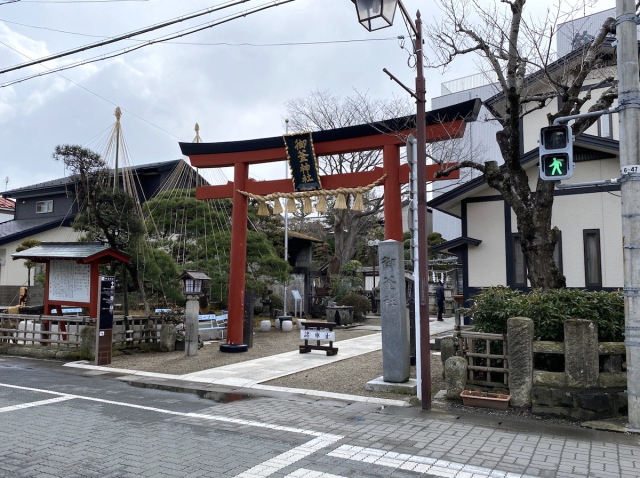
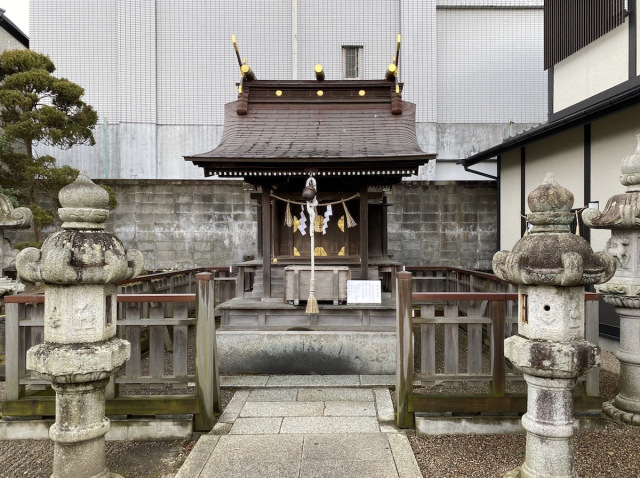
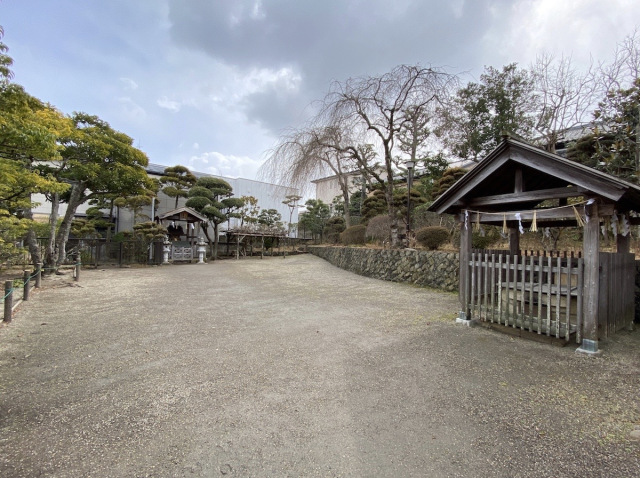
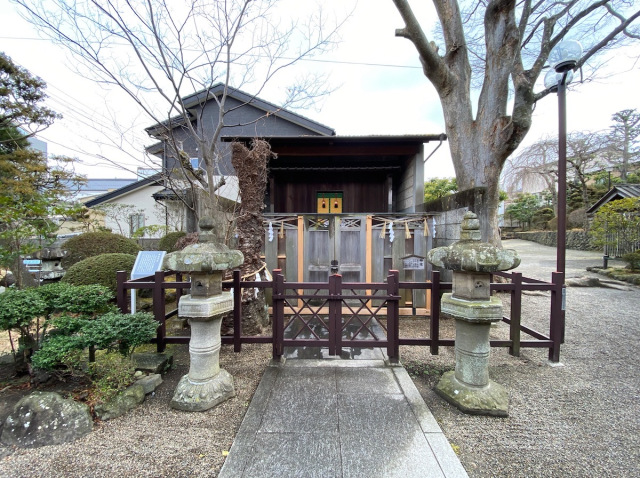
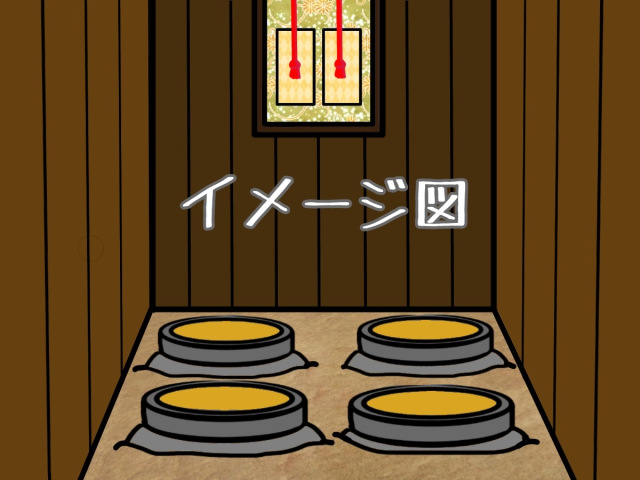
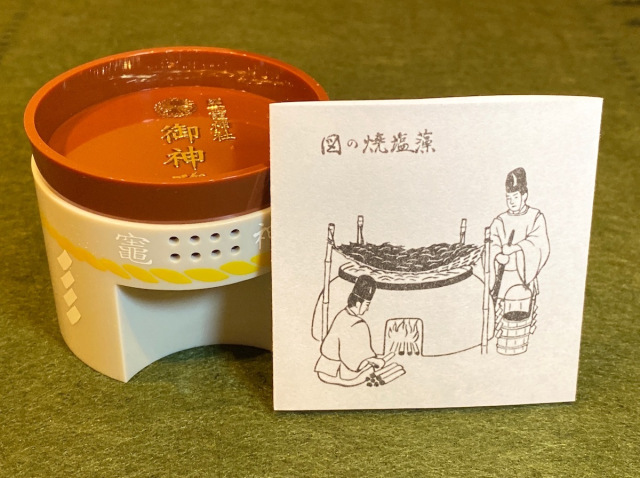
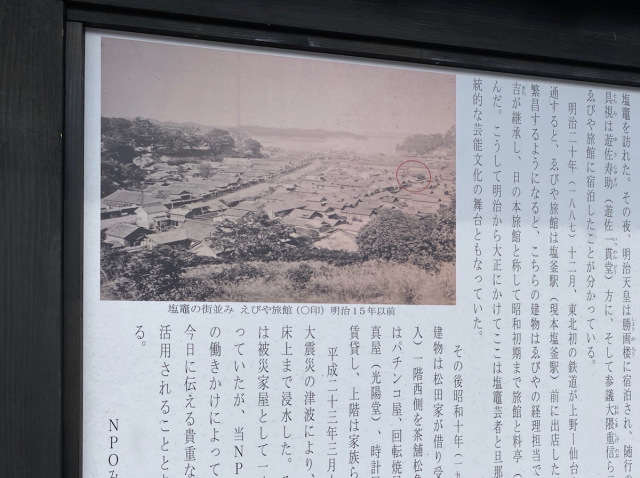
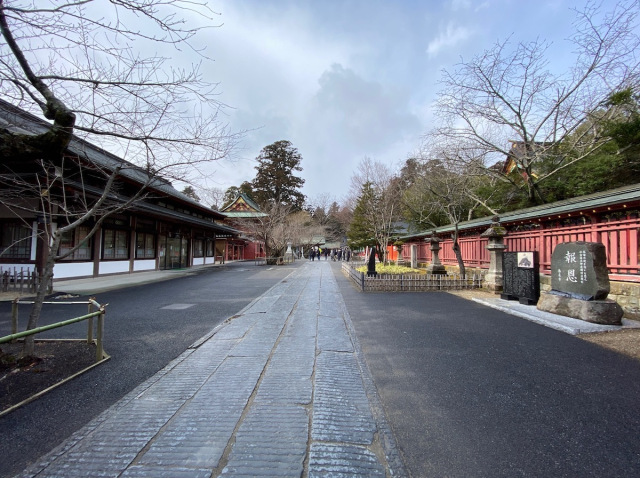
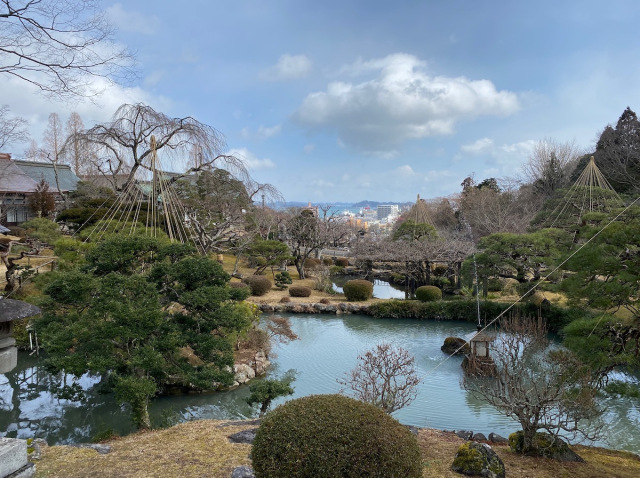
 Travel off the beaten path in Japan, to the point where three prefectures meet
Travel off the beaten path in Japan, to the point where three prefectures meet Shimane’s hidden travel sites, where you can escape the crowds and enjoy traditional Japan
Shimane’s hidden travel sites, where you can escape the crowds and enjoy traditional Japan Japanese beef bowl chain Sukiya’s 2026 Smile Box lucky bag basically pays for itself
Japanese beef bowl chain Sukiya’s 2026 Smile Box lucky bag basically pays for itself Princess Mononoke head magnets return, now with way to bypass blind-buy game of chance【Pics】
Princess Mononoke head magnets return, now with way to bypass blind-buy game of chance【Pics】 Fashion for the young at heart! A different take on what it means to get older in Japan
Fashion for the young at heart! A different take on what it means to get older in Japan “The revolutionary way to pick your nose!” We try out the Nose Picker
“The revolutionary way to pick your nose!” We try out the Nose Picker Four Shinto shrines to pray for love at in Japan to start the New Year
Four Shinto shrines to pray for love at in Japan to start the New Year Manga artist makes rare move of taking paternity break, some wonder if he was actually a woman
Manga artist makes rare move of taking paternity break, some wonder if he was actually a woman More people in Japan quit sending New Year’s cards and many have started to regret it
More people in Japan quit sending New Year’s cards and many have started to regret it Rakuten randomly offers 58 New Year’s osechi feasts in Japan, but did we get a star or a dud?
Rakuten randomly offers 58 New Year’s osechi feasts in Japan, but did we get a star or a dud? Death Spray from Japan causes buzz online for powerful ability to cut ties with bad energy
Death Spray from Japan causes buzz online for powerful ability to cut ties with bad energy Ghibli glow-in-the-dark T-shirt lights up your style with Princess Mononoke’s cutest character
Ghibli glow-in-the-dark T-shirt lights up your style with Princess Mononoke’s cutest character Starbucks Japan ready to get Year of the Horse started with adorable drinkware and plushies【Pics】
Starbucks Japan ready to get Year of the Horse started with adorable drinkware and plushies【Pics】 Hayao Miyazaki says Happy New Year to Studio Ghibli fans with new art for Year of the Horse
Hayao Miyazaki says Happy New Year to Studio Ghibli fans with new art for Year of the Horse We found possibly the quietest Japanese-style hotel in Tokyo’s bustling Shinjuku district
We found possibly the quietest Japanese-style hotel in Tokyo’s bustling Shinjuku district Cup Noodle tries an authentic Jiro-style ramen, but something’s not quite right
Cup Noodle tries an authentic Jiro-style ramen, but something’s not quite right The best Starbucks Japan Frappuccinos we want to drink again in 2026
The best Starbucks Japan Frappuccinos we want to drink again in 2026 We revisited Sweets Paradise after a decade to see if Japan’s dessert buffet still delivers
We revisited Sweets Paradise after a decade to see if Japan’s dessert buffet still delivers That time Seiji called JASRAC to ask why he didn’t get paid royalties for his song being on TV
That time Seiji called JASRAC to ask why he didn’t get paid royalties for his song being on TV Japan’s oldest largetooth sawfish in captivity back on display in Mie Prefecture
Japan’s oldest largetooth sawfish in captivity back on display in Mie Prefecture Pizza Hut Japan’s hot lucky bags are perfect for a New Year’s pizza party
Pizza Hut Japan’s hot lucky bags are perfect for a New Year’s pizza party 7-Eleven Japan starts new temporary luggage storage service in over 300 branches
7-Eleven Japan starts new temporary luggage storage service in over 300 branches Disillusionment at Tsukiji’s tourist-target prices led us to a great ramen restaurant in Tokyo
Disillusionment at Tsukiji’s tourist-target prices led us to a great ramen restaurant in Tokyo Starbucks teams up with 166-year-old Kyoto doll maker for Year of the Horse decorations【Photos】
Starbucks teams up with 166-year-old Kyoto doll maker for Year of the Horse decorations【Photos】 Tokyo considering law requiring more trash cans following litter increase in heavily touristed area
Tokyo considering law requiring more trash cans following litter increase in heavily touristed area Tokyo’s Tsukiji sushi neighborhood asks tour groups to stay away for the rest of the month
Tokyo’s Tsukiji sushi neighborhood asks tour groups to stay away for the rest of the month Tokyo event lets you travel back in time, for free, to celebrate 100 years since Showa era start
Tokyo event lets you travel back in time, for free, to celebrate 100 years since Showa era start Japan may add Japanese language proficiency, lifestyle classes to permanent foreign resident requirements
Japan may add Japanese language proficiency, lifestyle classes to permanent foreign resident requirements Sanrio theme park in Japan announces plans to expand into a Sanrio resort
Sanrio theme park in Japan announces plans to expand into a Sanrio resort Stamina-destroying “Paralysis Noodles” are Tokyo’s newest over-the-top ramen innovation
Stamina-destroying “Paralysis Noodles” are Tokyo’s newest over-the-top ramen innovation Survey asks foreign tourists what bothered them in Japan, more than half gave same answer
Survey asks foreign tourists what bothered them in Japan, more than half gave same answer Japan’s human washing machines will go on sale to general public, demos to be held in Tokyo
Japan’s human washing machines will go on sale to general public, demos to be held in Tokyo Japan’s deadliest food claims more victims, but why do people keep eating it for New Year’s?
Japan’s deadliest food claims more victims, but why do people keep eating it for New Year’s? We deeply regret going into this tunnel on our walk in the mountains of Japan
We deeply regret going into this tunnel on our walk in the mountains of Japan Studio Ghibli releases Kodama forest spirits from Princess Mononoke to light up your home
Studio Ghibli releases Kodama forest spirits from Princess Mononoke to light up your home Major Japanese hotel chain says reservations via overseas booking sites may not be valid
Major Japanese hotel chain says reservations via overseas booking sites may not be valid Put sesame oil in your coffee? Japanese maker says it’s the best way to start your day【Taste test】
Put sesame oil in your coffee? Japanese maker says it’s the best way to start your day【Taste test】 No more using real katana for tourism activities, Japan’s National Police Agency says
No more using real katana for tourism activities, Japan’s National Police Agency says Starbucks Japan reveals new sakura drinkware collection, inspired by evening cherry blossoms
Starbucks Japan reveals new sakura drinkware collection, inspired by evening cherry blossoms Updated cherry blossom forecast shows extra-long sakura season for Japan this year
Updated cherry blossom forecast shows extra-long sakura season for Japan this year
Leave a Reply